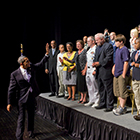
In Defense of Universalism 
The squeamishness of today’s left has turned culture into the political terrain of the right.
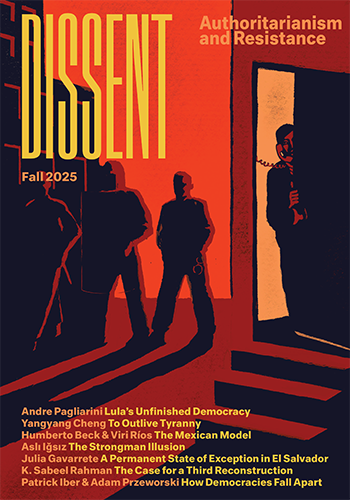


The squeamishness of today’s left has turned culture into the political terrain of the right.
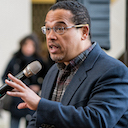
Minnesotans voted to reelect the attorney general who prosecuted Derek Chauvin. The result holds important lessons for the Democratic Party on its approach to criminal justice.
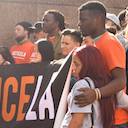
Abolitionists and advocates of criminal justice reform in Los Angeles County have amassed some impressive victories, laying out a vision for reducing incarceration and providing care that could have national significance.
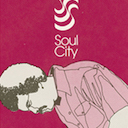
Soul City was a boondoggle—not a story of lost or forgotten roads tragically not taken.
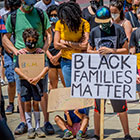
An interview with Dorothy Roberts, the author of Torn Apart: How the Child Welfare System Destroys Black Families—and How Abolition Can Build a Safer World.
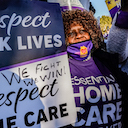
In Reckoning, Deva Woodly makes a case for radical Black feminist pragmatism, a philosophy “that takes lessons from many twentieth-century ideologies and forges them into a political ethic for our times.”

An interview with Amitav Ghosh, the author of The Nutmeg’s Curse: Parables for a Planet in Crisis.

A new collection of Stuart Hall’s writing offers a guide to the limits of representation in building anti-racist politics.
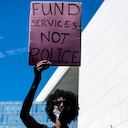
An interview with Derecka Purnell, the author of Becoming Abolitionists, about what makes communities unsafe—and how she went from calling 911 to fighting for abolition.
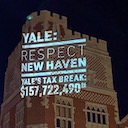
A discussion on the rise of the “UniverCity.”
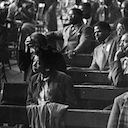
The Movement for Black Lives has developed an incipient internationalist language and vision, with the potential to remap America’s place in the world.

A roundtable on how COVID-19 has changed American universities.
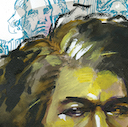
If colorblindness rests on the claim that the civil rights movement changed everything, the idea that racism is in our DNA borders on a fatalistic proposition that it changed little or nothing.

Racism in the United States is not mainly about individual bias but about divisions forged long ago by the super-exploitation and political dispossession of racialized groups.
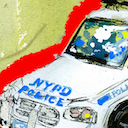
Even after a massive redistribution of resources, there will remain a need for an agency with the authority to investigate, restrain, and detain those who insist upon criminally victimizing their neighbors.